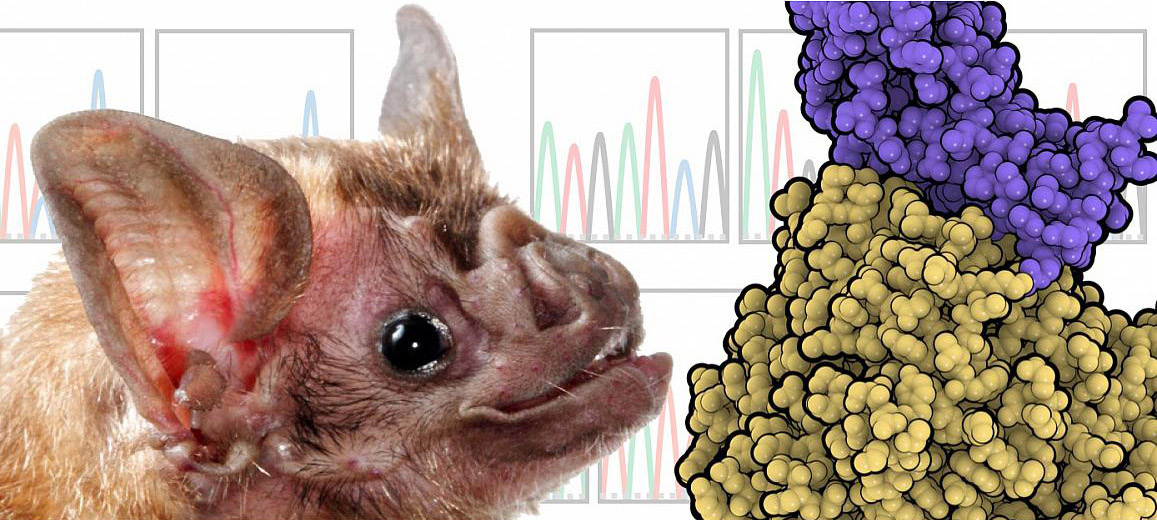IRP study shows how MERS coronavirus evolves to infect different species
In the past 15 years, two outbreaks of severe respiratory disease were caused by coronaviruses transmitted from animals to humans. In 2003, SARS-CoV (severe acute respiratory syndrome coronavirus) spread from civets to infect more than 8,000 people, leading to a year-long global public health emergency. MERS-CoV (Middle East respiratory syndrome coronavirus), first identified in 2012, consistently jumps from dromedary camels to people, resulting in periodic outbreaks with a roughly 35 percent fatality rate. Evidence suggests that both viruses originated in bats before transmitting to civets and camels, respectively. While many other coronaviruses in nature are not known to infect people, MERS-CoV and SARS-CoV are notable for their ability to infect a variety of different species, including humans.
New research published in Cell Reports from scientists at the National Institute of Allergy and Infectious Diseases (NIAID) shows how MERS-CoV can adapt to infect cells of a new species, which suggests that other coronaviruses might be able to do the same.

This illustration shows the bat species used in the study, Desmodus rotundus, or vampire bat, and representations of MERS-CoV (purple) interacting with host receptor DPP4 (gold).
This page was last updated on Friday, January 21, 2022